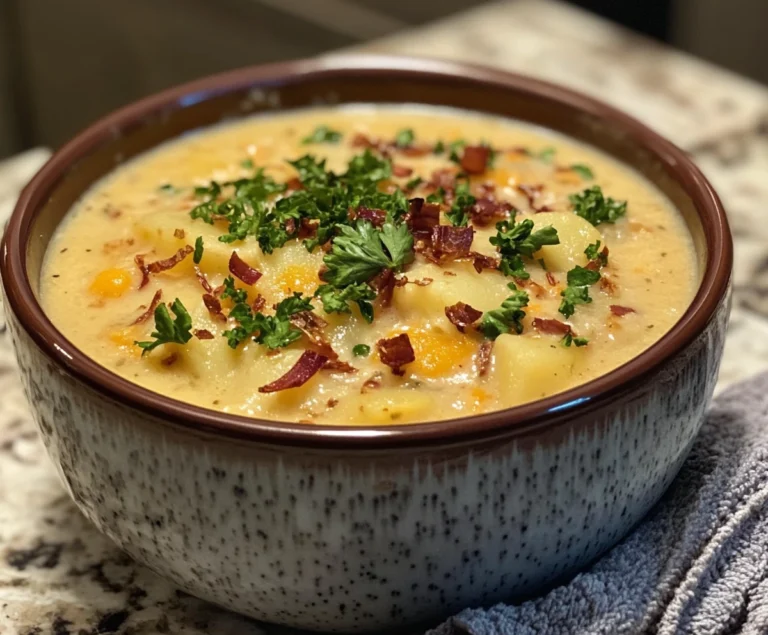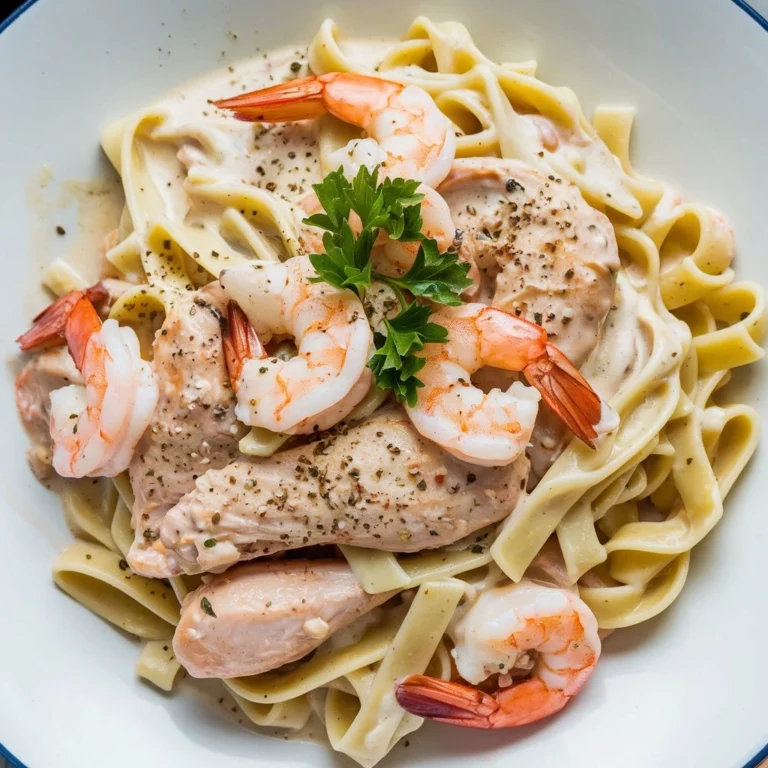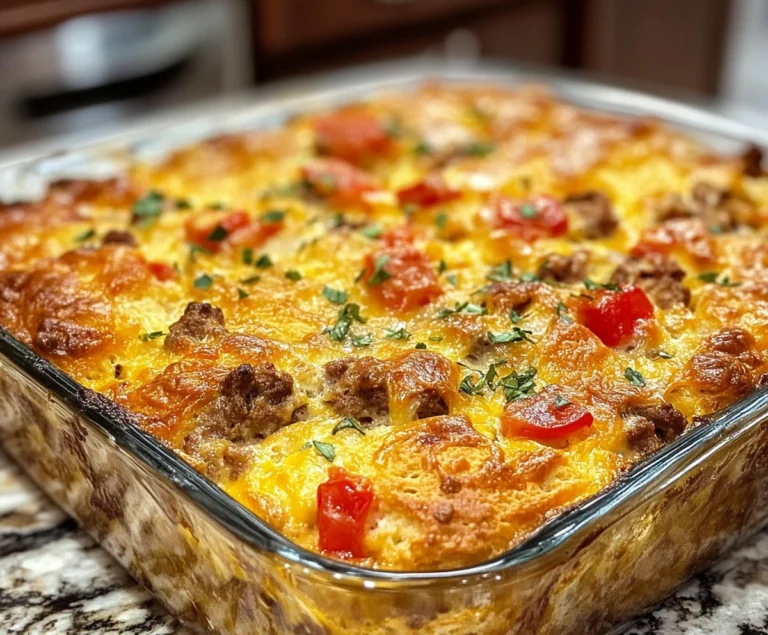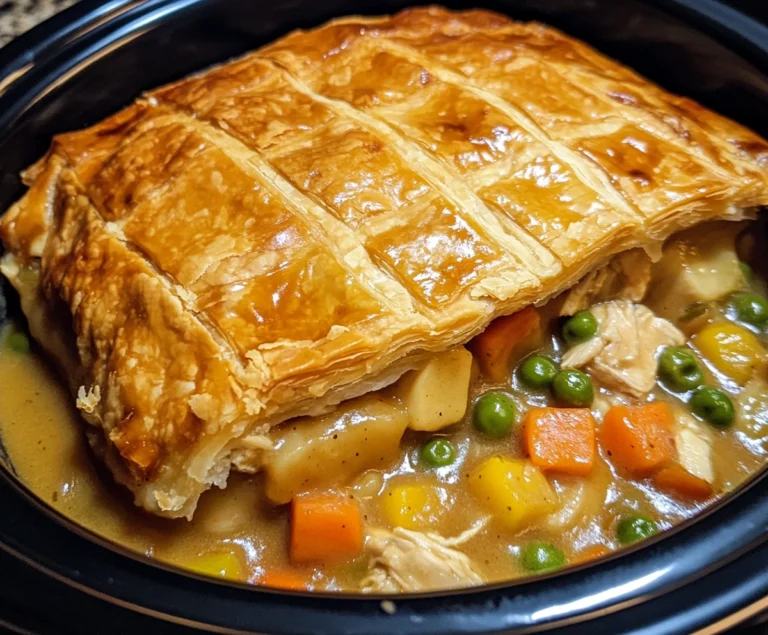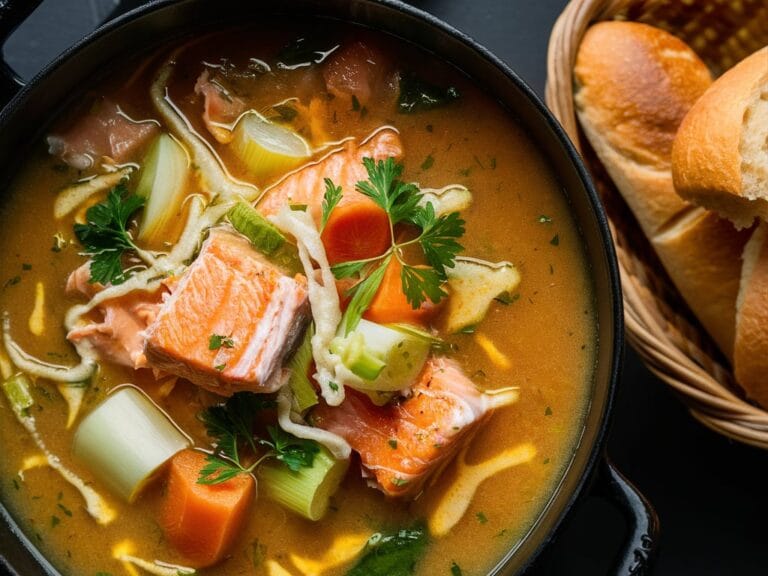Do You Put the Stuffing in the Chicken Before Cooking?
What is Chicken Stuffing?
Stuffing refers to a mixture of ingredients—usually bread, herbs, and vegetables—that cooks place inside the chicken cavity before roasting or baking. This method, used for centuries in many cuisines, not only helps maintain the chicken’s moisture but also adds flavor. For many, the concept of a bird filled with aromatic ingredients soaking up its juices while cooking is hard to resist.
Common Ingredients in Stuffing
Stuffing recipes vary, but most include similar key components:
- Bread cubes or breadcrumbs: The base of most stuffing recipes, providing structure.
- Butter or oil: Adds moisture and richness.
- Onions and celery: These vegetables offer flavor and texture.
- Fresh herbs: Thyme, rosemary, parsley, and sage enhance the flavor.
- Chicken broth or stock: Moistens the bread and adds depth.
- Fruits and nuts: Raisins, cranberries, apples, and pecans provide sweetness and texture.
- Meat: Some variations include sausage or bacon for heartiness.
Different cultures offer their own spins on stuffing. Some European traditions use chestnuts, while others incorporate grains like wild rice or quinoa. No matter the ingredients, stuffing can elevate the flavor of the chicken to a new level.
The Traditional Method: Stuffing the Chicken Before Cooking
For centuries, people have stuffed chickens before cooking to enhance both the flavor and texture of the meal. Placing stuffing inside the bird allows the bread and herbs to absorb the natural juices, resulting in a moist, flavorful dish.
Why Do People Stuff the Chicken Before Cooking?
Several reasons explain the appeal of stuffing the chicken:
- Enhanced Flavor: Stuffing the bird allows the mixture to absorb its juices during cooking, creating a more flavorful and cohesive dish.
- Moisture Retention: Stuffing traps heat inside the chicken cavity, preventing the meat from drying out. This results in tender, juicy chicken and well-seasoned stuffing.
- Aromatic Experience: Adding herbs like sage, rosemary, and thyme to the stuffing can enhance the aroma of the entire dish as it roasts.
Benefits of Stuffing Before Cooking:
- Flavor absorption: The bread and vegetables soak up the chicken’s juices.
- Convenience: Preparing the chicken and stuffing together simplifies the cooking process.
- Moisture retention: Stuffing helps retain moisture inside the chicken, keeping it from drying out.
Despite these benefits, stuffing the bird before cooking raises some significant food safety concerns. Let’s take a closer look.
For more tips on maintaining moisture and flavor in stuffed dishes, you might also be interested in Thin Chicken Breast Recipes, which offers advice on keeping chicken moist and flavorful.
Safety Concerns: The Risks of Stuffing Chicken Before Cooking
While stuffing the chicken before cooking enhances flavor, it also introduces potential safety hazards. The most significant issue stems from the difference in cooking times for the chicken and the stuffing. The chicken may cook fully, but the stuffing inside the cavity may remain undercooked, posing serious risks of foodborne illness.
Why is Undercooked Stuffing Dangerous?
When stuffing comes into contact with raw chicken, the juices soak into the bread and vegetables. If the stuffing fails to reach a safe internal temperature of 165°F (74°C), harmful bacteria like Salmonella and Campylobacter can thrive, potentially causing illness.
- Undercooked stuffing: The chicken may reach the correct temperature, but the stuffing inside the cavity might not. This creates a serious food safety risk.
- Cross-contamination: Raw chicken juices can contaminate the stuffing, further increasing the risk if it does not cook to the necessary internal temperature.
According to USDA guidelines, both the chicken and the stuffing need to reach an internal temperature of 165°F to ensure safety.
Tips for Reducing Food Safety Risks:
- Use a meat thermometer: Always check the stuffing’s internal temperature to ensure it has reached 165°F.
- Avoid overstuffing: Leave enough room in the cavity for air to circulate and heat the stuffing thoroughly.
- Pre-cook the stuffing: Some cooks prefer to pre-cook the stuffing before placing it in the chicken, ensuring it reaches a safe temperature before the bird even enters the oven.
For additional guidance on safe and flavorful chicken preparation, take a look at Alice Springs Chicken, which provides a delicious alternative to traditional stuffed chicken.
Alternatives to Stuffing the Chicken Before Cooking
Given the risks involved in stuffing the chicken before cooking, many chefs recommend cooking the stuffing separately. This method not only ensures safety but also provides the same flavorful results.
Cooking the Stuffing Separately
Preparing the stuffing outside the bird offers the easiest and safest way to guarantee both the chicken and the stuffing reach the proper temperatures.
- Bake the stuffing in a dish: By cooking the stuffing in a separate dish, you can control the texture and ensure it reaches the necessary internal temperature without overcooking the chicken.
- Cook the stuffing alongside the chicken: Place the stuffing in a baking dish next to the chicken to preserve its flavor without risking contamination from the raw bird.
Foil-Wrapped Stuffing
For those who still want to incorporate stuffing into their chicken, foil-wrapped stuffing provides a safer alternative. Wrapping the stuffing in aluminum foil inside the cavity keeps the mixture separate from the raw chicken juices while still allowing it to cook alongside the bird.
- Foil pouch method: Place the stuffing in a foil packet, seal the edges, and insert it into the cavity of the chicken. This method ensures even cooking without the risk of contamination.
- Remove the foil for crisping: If you prefer a crispier stuffing, you can remove the foil during the final 10–15 minutes of cooking.
Stuffing Under the Skin
Placing the stuffing between the skin and the meat of the chicken offers another alternative. This method allows you to flavor the meat while keeping the stuffing separate from the cavity.
- Herb stuffing under the skin: A mixture of herbs, garlic, and butter can be stuffed under the skin to add moisture and enhance flavor.
By using these alternatives, you can still enjoy the flavors of stuffing without the risks. For more creative ways to prepare chicken, check out Baked Chicken Cutlet Recipes, which provides safe and tasty chicken dish ideas.
How to Safely Stuff and Cook a Chicken
If you decide to stuff the chicken the traditional way, taking the proper precautions ensures both the chicken and the stuffing cook safely. Follow these steps to reduce food safety risks.
Step-by-Step Guide for Safely Cooking Stuffed Chicken
- Prepare the stuffing properly: Make sure the stuffing mixture is moist but not too wet. Overly dry stuffing takes longer to cook, while overly wet stuffing can affect the texture of the chicken.
- Preheat the oven: Set the oven to at least 325°F (165°C) for consistent cooking. Ensuring a proper cooking temperature helps prevent food safety issues.
- Don’t overstuff the chicken: Leave enough room in the cavity to allow heat to circulate evenly. Overstuffing the bird can lead to undercooked stuffing.
- Check internal temperatures: Use a thermometer to check the internal temperature of both the chicken and the stuffing. Each must reach at least 165°F.
- Allow the chicken to rest: Let the chicken sit for 10–15 minutes before serving. This helps retain the juices and ensures the bird is fully cooked.
Common Stuffing Mistakes to Avoid
Here are some common errors to watch out for when stuffing a chicken:
- Overcooking the chicken: If the chicken finishes cooking before the stuffing reaches the necessary temperature, the meat may dry out. Pre-cooking the stuffing before placing it in the chicken can help prevent this issue.
- Soggy stuffing: If your stuffing comes out too wet, reduce the amount of broth or moisture in the recipe, or try cooking it separately next time.
- Uneven cooking: Ensure that the chicken reaches room temperature before cooking to guarantee even heat distribution.
For more tips on cooking flavorful chicken dishes, take a look at Alice Springs Chicken Recipe, which provides guidance on creating delicious and evenly cooked chicken dishes.
Popular Stuffing Recipes to Try
The variety of stuffing recipes allows you to experiment with flavors and textures. Here are a few popular options:
- Traditional Herb Stuffing: A classic mix of bread, onions, celery, and fresh herbs like rosemary and thyme.
- Sausage and Apple Stuffing: Adding sausage and apple provides a savory and sweet combination that’s perfect for holiday meals.
- Gluten-Free Stuffing: Using gluten-free bread or grains like quinoa can make your stuffing accessible to all diets.
- Vegetarian Stuffing: Mushrooms, nuts, and dried fruits add texture and flavor without the need for meat.
- Cornbread Stuffing: This Southern favorite adds a slightly sweet flavor that complements roast chicken beautifully.
Trying out different stuffing recipes allows you to find the perfect one for your meal.
Conclusion: To Stuff or Not to Stuff?
Ultimately, the decision to stuff the chicken before cooking involves balancing flavor, tradition, and food safety. While stuffing the chicken adds depth of flavor and moisture, the risks of undercooking must be carefully considered. Fortunately, numerous alternatives can provide equally delicious results while eliminating the potential dangers.
Whether you choose to stuff the chicken or explore safer methods, ensuring that both the chicken and the stuffing reach the proper internal temperatures is key to enjoying a safe and flavorful meal.
For more ideas on preparing delicious chicken dishes, take a look at Baked Chicken Cutlet Recipes for inspiration.



